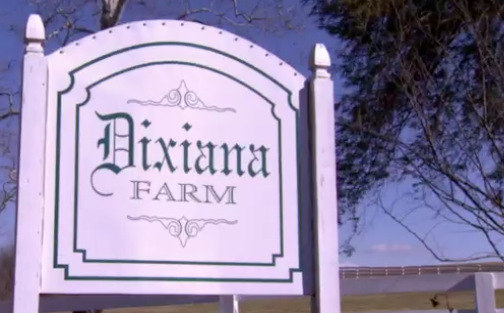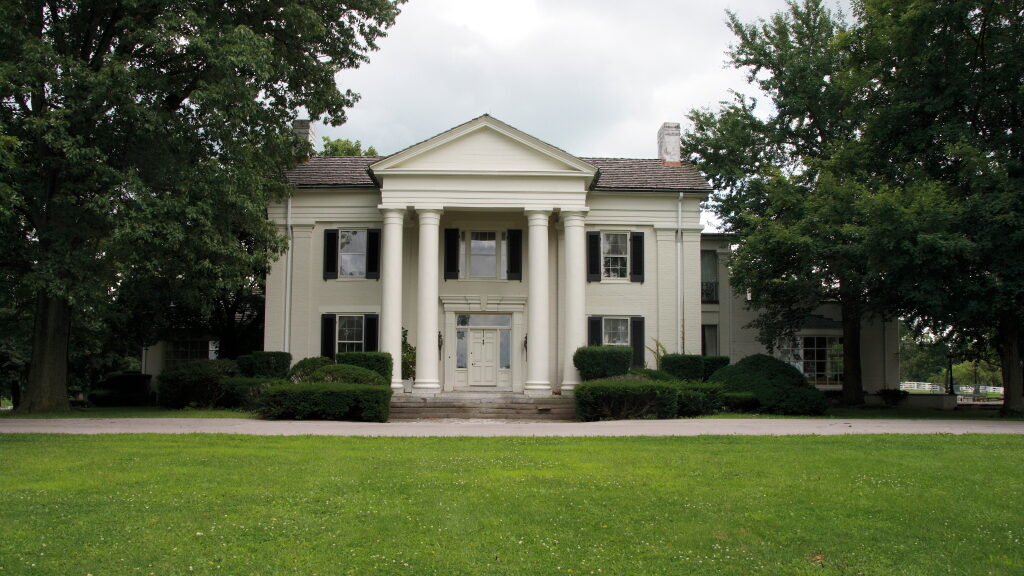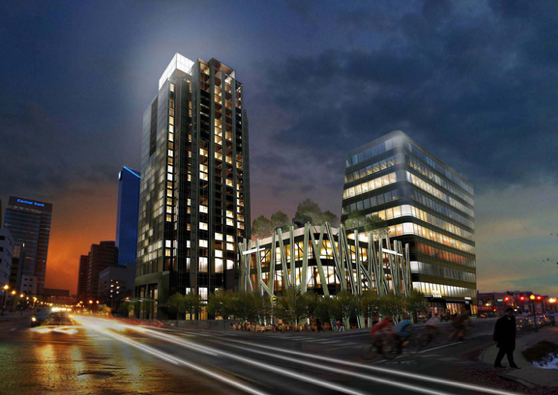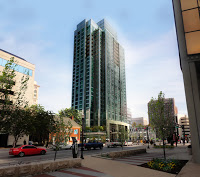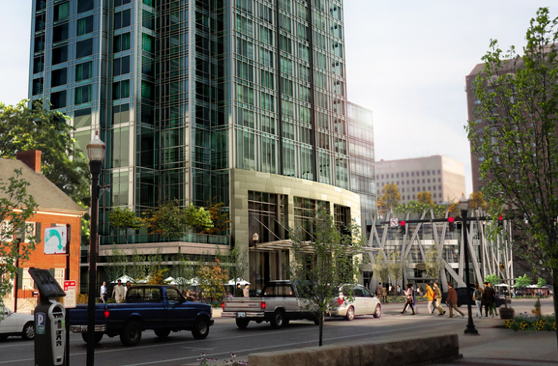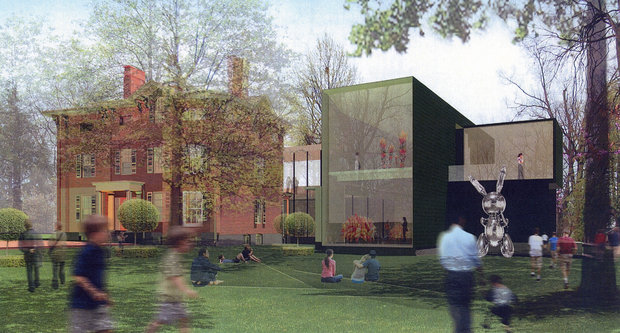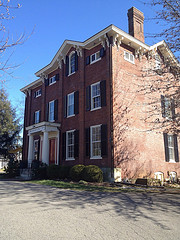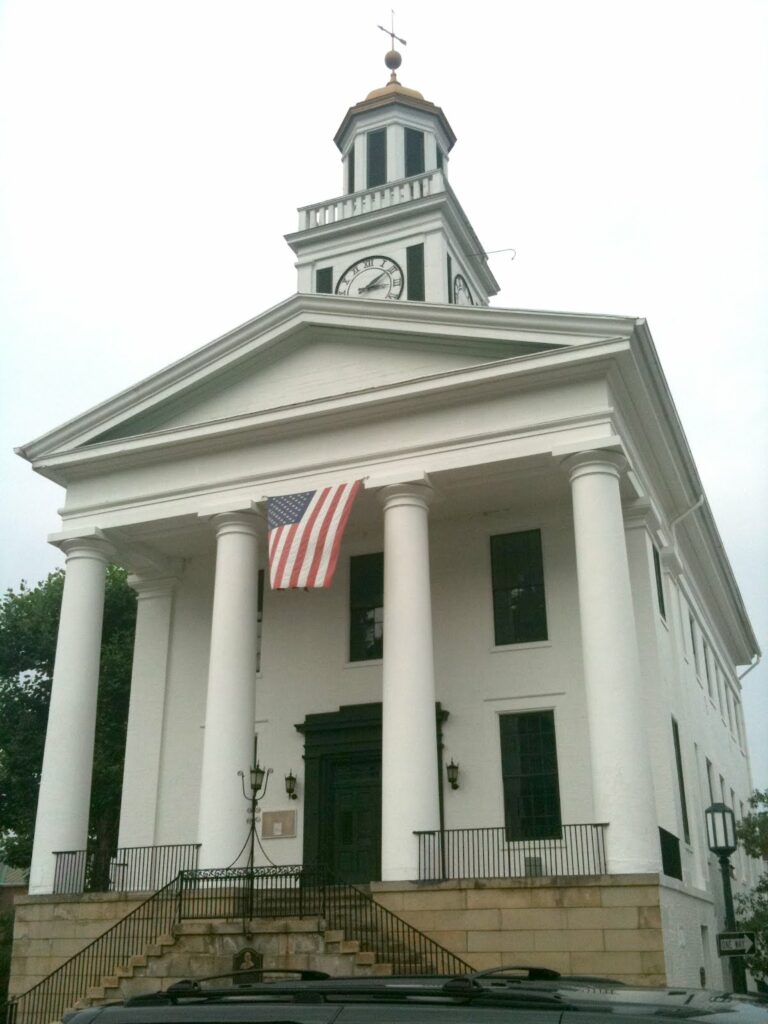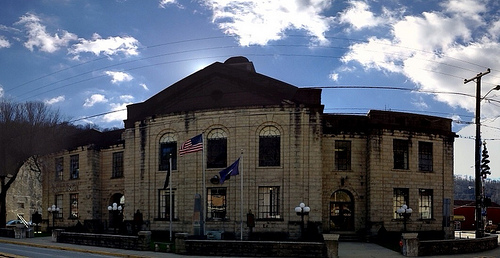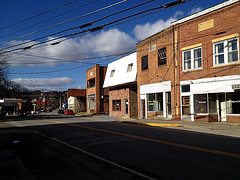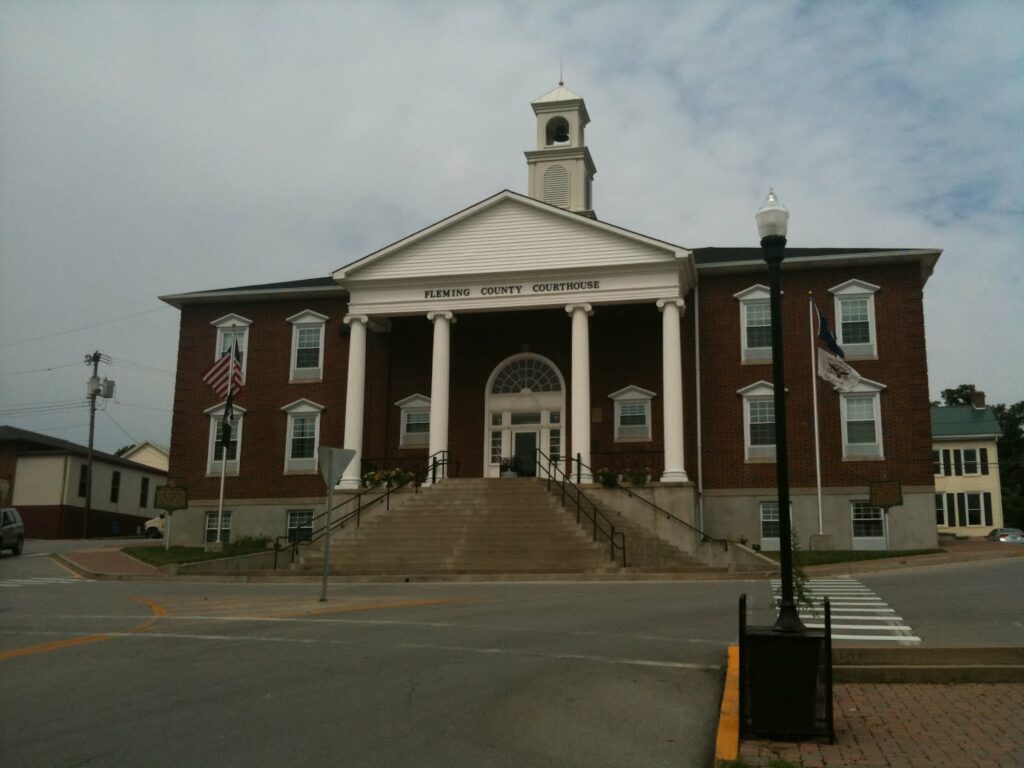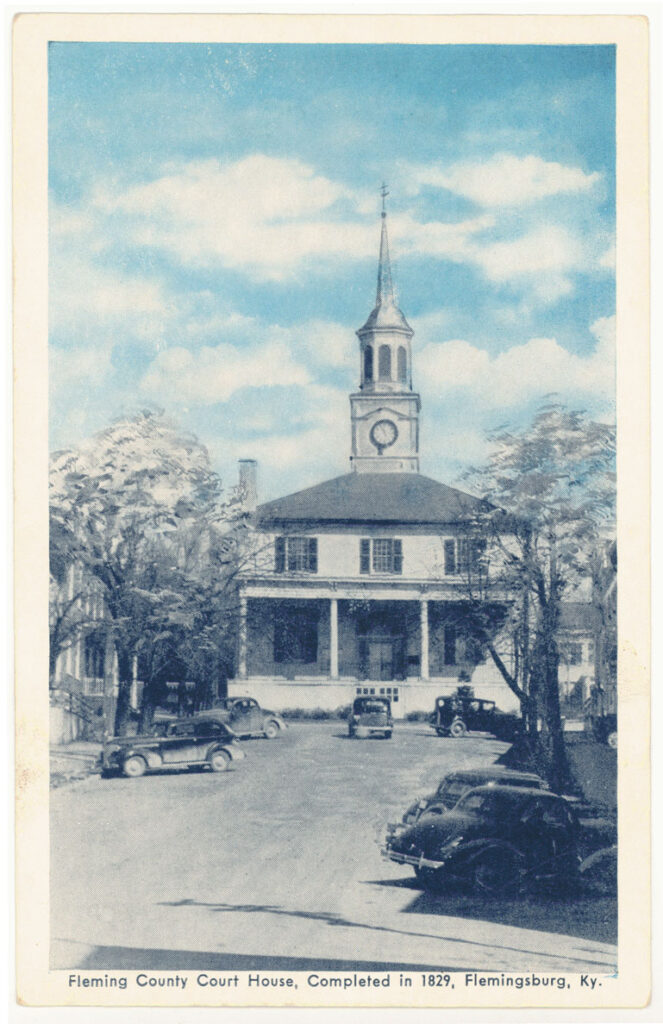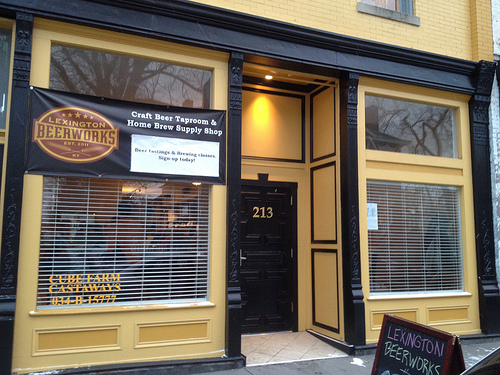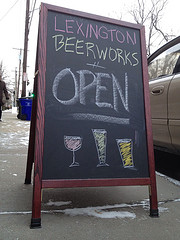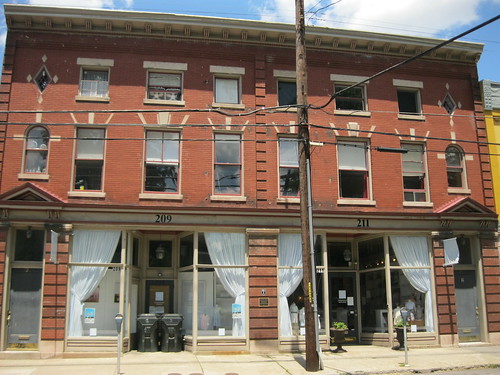 |
| Bond House at 209/211 North Limestone Street – Lexington, Ky. |
Nestled between Columbia’s Steakhouse and the Lexington Beerworks sits the Bond House. Of Georgian Revival design, it was constructed in 1909 by owner C.E. Bond of Lawrenceburg with architectural design being possibly attributed to John V. Moore. In the early twentieth century, Mr. Bond acquired several landholdings in Lexington including this parcel as well as parcels on both East and West Main Street. Like many of the buildings in the area, the Bond House typifies urban mixed-use architecture with first-floor commercial and upper-story residential occupancies.
Bond was well-known in his Lawrenceburg home as he was a builder and the president of the Lawrenceburg National Bank. The third Anderson County Courthouse, built in 1861, was remodeled in 1905 by Bond; it, however, burned to the ground in 1915. The fourth and present Anderson County Courthouse was constructed using stones from the earlier courthouse. C.E. Bond sold this Lexington parcel in 1913 to brothers James E. and John P. Slavin.
As is often the case, little is known of James E. Slavin. But I discovered a most emotional tale when querying John P. Slavin.
In January 1906, “combined fortune and misfortune of death, a joy mingled with grief, fell upon the home of Fireman John P. Slavin and wife Saturday. During the early morning hours Mrs. Slavin gave birth to a fine boy, but Friday afternoon their son, Thomas Lyons Slavin, aged five years, died.” Lexington Leader, Jan. 7, 1906 (sec. 2, p. 7 col. 4). It was scarlet fever that had taken the life of the young five year old. Then on January 16, 1906, this was printed in the Lexington Herald: “John Joseph Slavin, infant son of Fireman J.P. Slavin, died at the home of Mr. Slavin on Georgetown street, Sunday night at 9:30 o’clock. This is the second death in Mr. Slavin’s family in the last ten days, he having lost his five-year-old son Wednesday a week ago.”
What a tragedy. I cannot imagine the grief that family suffered. This story reminded me of the humanity and the importance of the owners, common or otherwise, of the buildings that I’ve profiled on this site.
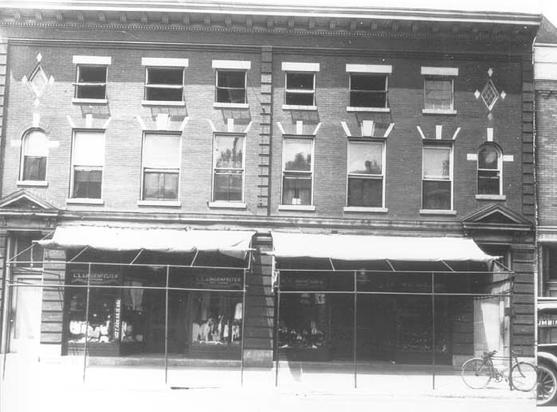 |
| “The Bond House” ca. 1920/21. Photo: Asa Chinn (KDL) |
With prohibition repealed at the end of 1933 by virtue of the 21st amendment, the Bond House became a storeroom for the Kentucky Distillers’ Products, Inc. On a Tuesday night in April 1935, eighty-eight cases of whiskey were stolen from the storeroom at 211 North Limestone Street. The loss was valued at $2,000 according to a police report.
In 1983, the Bond House was added to the National Register of Historic Places by virtue of its location in the North Limestone Commercial District. Proudly, the owners bear signage indicating both its National Register and Blue Grass Trust listings.
A half million dollar renovation in 1988 converted what was then a fireworks store and warehouse back to its mixed-use origins: four loft apartments and two commercial first-floor enterprises. Today, children’s boutique clothier Bella Bliss calls the Bond House home. Interestingtly, it was a clothier (V.L. Lingenfelter’s) that was housed in 209 North Limestone when Asa Chinn took the photo above.
Sources: Blue Grass Trust; local.lexpublib.org; National Register; Slavens.net
